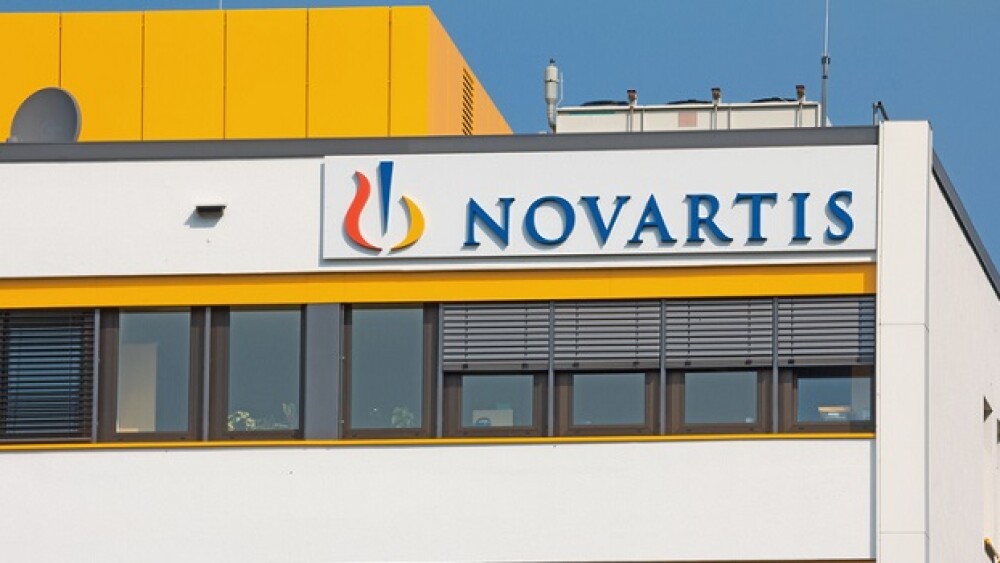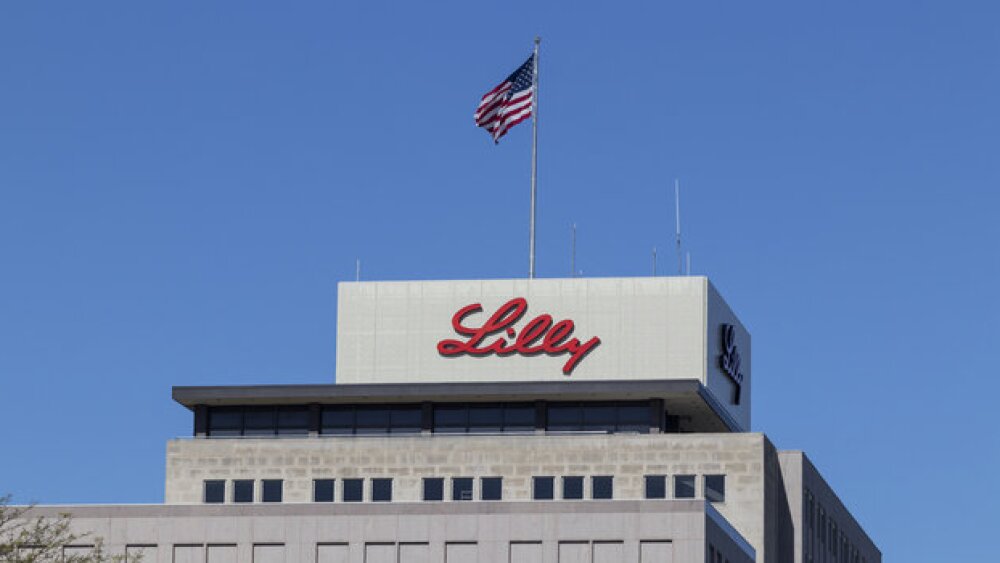Virios Therapeutics announced Monday its lead asset IMC-1 fell short of its primary endpoint in the Phase IIb FORTRESS study in patients with fibromyalgia.
Virios Therapeutics announced Monday its lead asset IMC-1 fell short of its primary endpoint in the Phase IIb FORTRESS study in patients with fibromyalgia.
The data, presented in an investor call, showed that self-reported pain scores remained statistically comparable between the oral IMC-1 and placebo after 14 weeks of intervention.
Despite failing to meet its efficacy threshold, IMC-1 had an excellent tolerability profile. Only 4.6% of patients in the active treatment arm dropped out of the study due to toxicities, as opposed to 8.1% of placebo comparators.
IMC-1 is a fixed dose combination of famciclovir and celecoxib designed to synergistically suppress replication of the herpes virus.
Almost all the documented side effects, including nausea, headache, upper respiratory tract infection and diarrhea, arose at frequencies lower than 4%. The only exception was COVID-19, which was diagnosed in 9.3% of IMC-1-treated patients.
FORTRESS was a double-blinded trial that investigated the efficacy and safety of the IMC-1 combination antiviral therapy in 425 women with fibromyalgia, as compared with placebo. The prespecified primary endpoint of the study was the 14-week change in self-reported pain, as measured by a numerical rating scale. Baseline characteristics between the IMC-1 and placebo arms were well-balanced.
The study also assessed IMC-1’s impact on the patients’ fatigue, sleep, function and overall global health status.
While the overall efficacy metric found no benefit for the candidate, Virios noted a “bifurcation of response” to IMC-1 based on when patients were enrolled into FORTRESS. Those who entered the study when the Delta variant of COVID-19 was predominant, from June to November last year, saw no improvement following IMC-1 treatment.
Conversely, IMC-1 showed significant efficacy in patients who were enrolled from November 2021 to April 2022, during which vaccination rates were higher and the less severe Omicron variant was the dominant strain, Virios reported. In this subgroup, 14-week self-reported pain was significantly lower after active treatment than in the placebo arm, an effect that was apparent as early as week 2.
IMC-1 treatment likewise elicited significant improvements in fatigue, depression score and fibromyalgia symptoms only in patients who were enrolled during the second period, when the Omicron variant was prevalent.
“We believe the interplay between different COVID-19 strains and herpes virus activation may be contributing to the differential response we observed in patients enrolled in 2021 versus 2022,” stated Greg Duncan, chairman and CEO of Virios.
Despite failing to differentiate itself from placebo in the overall analysis, Duncan said that the company continues to believe in the scientific validity of IMC-1.
In line with its goal of bringing IMC-1 all the way through to market, Virios is currently conducting further analyses of the data, looking specifically at the interplay between COVID-19 and the activation of the herpes virus to explain the bifurcation of response to IMC-1. The company will continue investigating IMC-1 in fibromyalgia and plans to engage experts to chart the best way forward.






